OPEN PROTOTYPING
A methodology and toolkit for co-creation connecting the arts and emerging technology
What is Open Prototyping?
Open Prototyping is a design approach and process to imagine, navigate and shape co-creation projects.
It offers a way to bridge disciplinary viewpoints and connect to communities in the real world through experiential prototypes.
It enables teams to design, structure and evaluate collaborative R&D, and address urgent challenges through participatory experiments with data and technology.
You can use it to develop new products and services, reflect on their impact, and co-shape the future of technology and society.
Build agency
The introduction of art to technology innovation can generate wider civic participation in social and ethical questions surrounding data and emerging technologies.
Stimulate innovation
We have seen the introduction of art in technology innovation can stimulate new ideas about technology development and possibilities for data use.
Create legibility
Public participation in such experiences can enable people to grasp the technical operation, implicit rules and human interventions in black boxed technologies.
Open Prototyping Process Model
The left side of the diamond indicates opening up of the process and exploration.
The right side of the diamond indicates the defining stage of the process.
The circle is the iterative, creative and technical development part of the process.
The dotted lines indicate porosity and inclusion.
The gap between diamond and circle represents the boundaries we broker.
Click on the stages below to find out more.

1. SCOPE
Elicit themes, questions and scenarios for exploration.
What happens?
In the Scope stage, emerging social, technological and artistic challenges and opportunities are identified, mapped and framed as a concept scenario to help the team to begin to give shape to the project and set a strong foundation for collaboration.
In the Scope stage you should invite people to collectively brainstorm and think through critical issues and credible project directions that are valuable to collaboratively unpack through the Open Prototyping journey.
Tool
This Scope workshop tool helps you to structure this process of collaborative brainstorming.

2. CONNECT
Identify promising collaborations and build consensus on project directions.
What happens?
The Connect stage convenes a cross-disciplinary team of artists, scientists, researchers, producers and stakeholders, and configures people and resources such as data and technologies. It enables the team to build trust and ownership, establish common goals, and set out shared, flexible, and realistic objectives.
Tool
This Connect tool helps you to develop a project brief and agree shared goals for the team.

3. PLAY
Explore possibilities, experiment, play.
What happens?
In the Play stage, through creative and technical concept ideation and prototyping, the collaborators can explore new territories, untangle different perspectives, reframe the applications of emerging technologies, and play out future scenarios, until they arrive at a concept prototype that could be tested with the public or specialist audiences.
Tool
This Play tool guides you through the envisioning and prototyping process.

4. PRODUCE
Build work for display.
What happens?
The prototype is built in the Produce stage of Open Prototyping. In this stage, the creative concept meets the real-world possibilities. Here we ask, how can we materialise this concept and exhibit it to the audiences?
Alongside the build of the prototype and curation of its setting, wrap-around engagement activities and data collection tools and materials are designed and created that help gather rich information when the work is exhibited to the public or specialist audiences.
Tool
The Produce tool helps you to define and manage the different aspects and considerations that are necessary for the production of the prototype and its setting.

5. DISPLAY
Display the work.
What happens?
In the Display stage, the prototype experience is exhibited to communicate, share, showcase and evaluate the novel concepts, ideas and prototypes. It is a chance to test things out in real social contexts, and thereby explore and make visible their possibilities and limitations for future research and development in the field.
Tool
You can use this Display to gather data on audience reactions to the prototype, that can then be combined with other data for analysis. Below you’ll find guidance on how to place this into the context.

6. INTERPRET
Evaluate the projects’ outputs and outcomes.
What happens?
In the Interpret stage, data and observations gathered during the project and through the engagement of an audience are synthesised into a set of insights to drive future projects, technologies and practices.
These insights can be widely disseminated to publics, practitioners and policy makers through relevant formats and channels to inform their work and knowledge on the themes.
Tool
You can use this Display to gather data on audience reactions to the prototype, that can then be combined with other data for analysis. Below you’ll find guidance on how to place this into the context.
Publications
1. Hemment, D., 2019. 'Reordering the assemblages of the digital through art and open prototyping.' In Leonardo, MIT Press, Cambridge. Leonardo Just Accepted. p.1-12 https://doi.org/10.1162/leon_a_01861
In this article, open prototyping is presented as a conceptual and methodological framework for artistic practice and public participation that bridges the space between technology and society and contributes to city and technology innovation.
2. Hemment, D., Bletcher, J., & Coulson, S., 2020. Open Prototyping: A framework for Combining Art and Innovation in the IoT and Smart Cities. In The Routledge Companion to Mobile Media Art
The article presents case studies of artists experimenting with technologies in big data, cloud computing and artificial intelligence. These case studies are examined using the Open Prototyping framework to understand how art practices can shape the direction of future technology development.
Created as part of The New Real programme. Funded by Creative Scotland.













